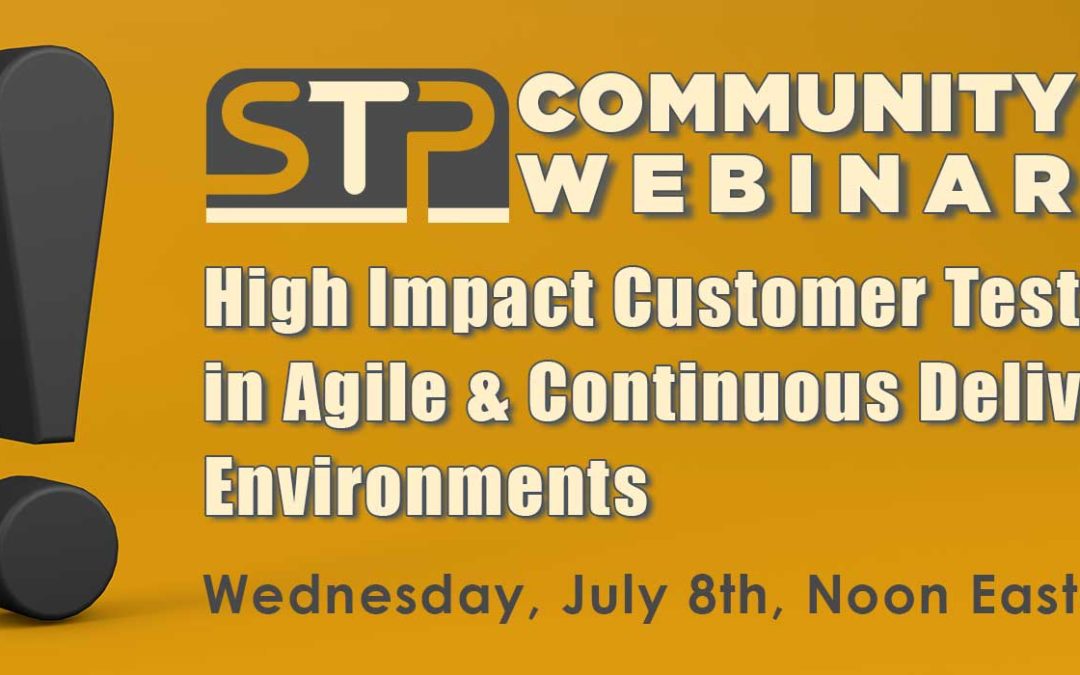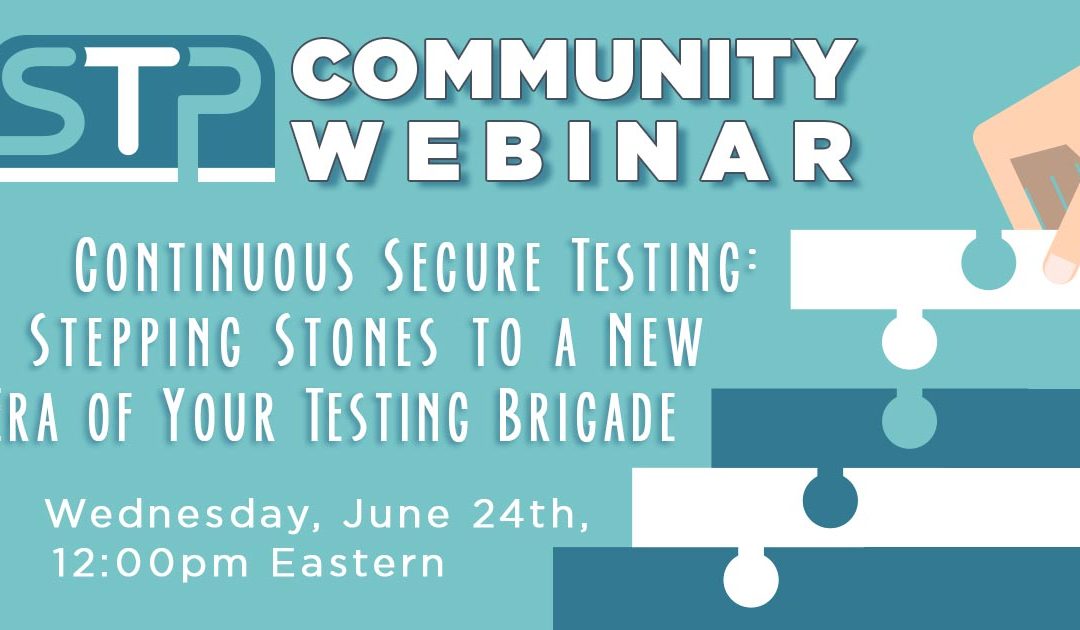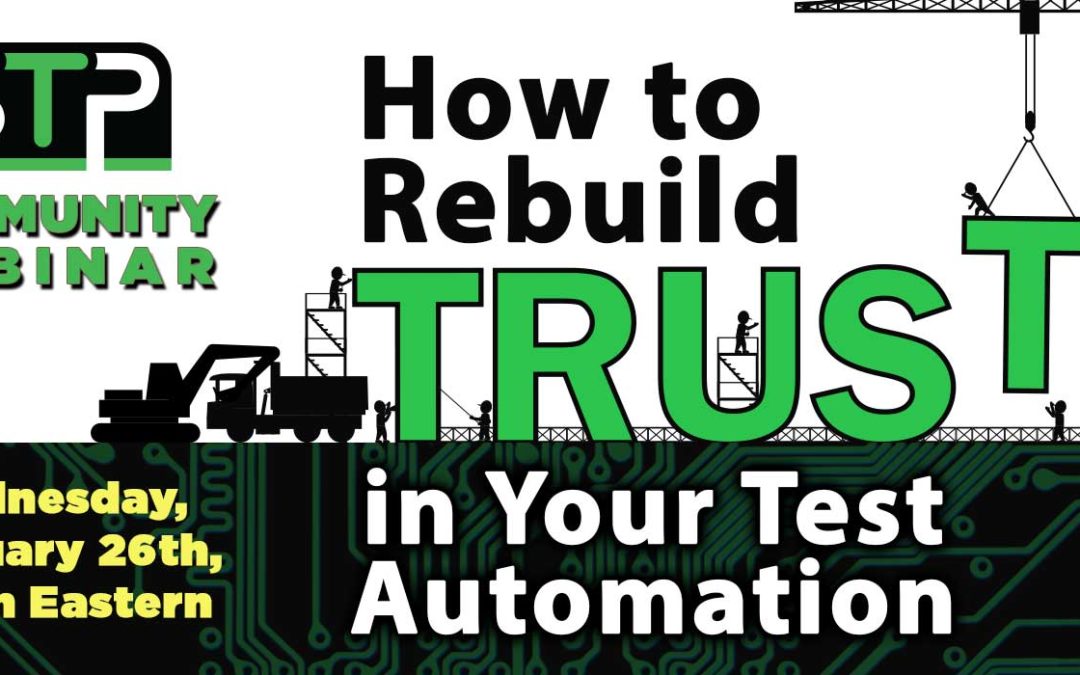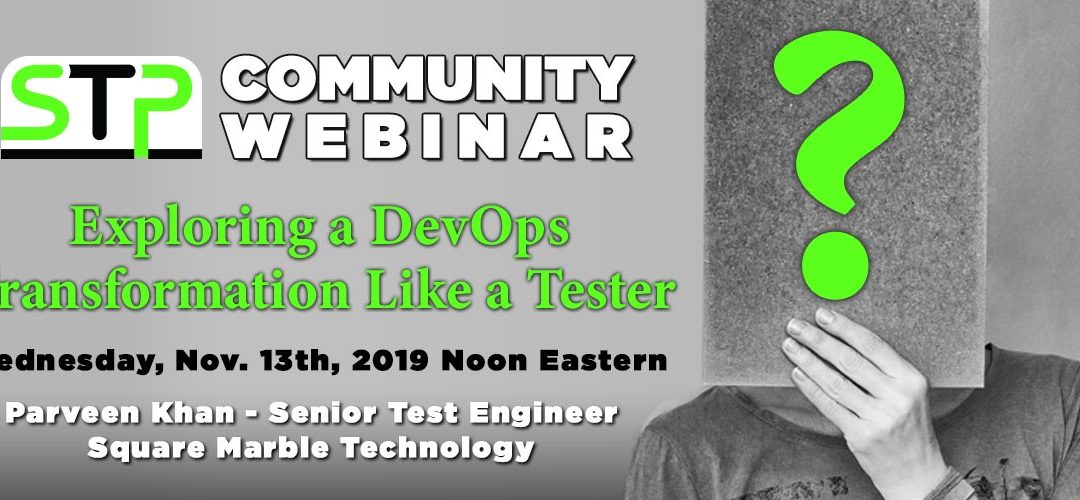
How to Start Testing with Python
Andrew Knight shows you how to start testing with Python and targets anyone who wants to dive head-first into learning everything Python.

Andrew Knight shows you how to start testing with Python and targets anyone who wants to dive head-first into learning everything Python.

Today’s complex technology landscape makes it progressively more difficult to deliver products with frictionless experiences that meet the evolving interoperability demands of your customers. Engineering teams are under enormous pressure to discover defects, user experience issues, critical feature gaps, and in-the-wild interoperability problems before releasing a product.

Security has become a necessity in our day-to-day activities. Are we aware of how we can uncover these vulnerabilities? Do we understand the basic security tests that we run? Can we analyze and understand whether the threat found is a false positive or not? How can we make Static Application Security Testing and Dynamic Application Security Testing (DAST) work hand in hand for our benefit? How can we have DAST Automated with our dear Selenium? How can we apply DAST on Mobile Apps? How can we have DAST part of CI/CD pipeline?

No need for antacids or a doctor, just come to this session to find out all the juices and spices necessary to make that delicious secret sauce of automated tests that allows CenterEdge Software to continuously deploy most of its web software, both micro-services and monoliths.

In this webinar, we will focus on understanding How can we start trusting our automated tests again? Let’s explore what you can do to repair the situation-or, even better, prevent it from happening in the first place.

Executives are always looking to cut costs and increase value. Test Automation is key in continuous delivery of digital assets for customers. But does Test Automation produce an ROI? If so, what is it? How can your department positively affect the bottom-line with test automation?

Automated testing and test automation far ago have ceased to remain options or choices for the development projects. Now as the DevOps and Agile approach getting huge traction across projects of all types and lengths, automation seems to have the key development methodologies.

Come join this session, where I cover the basics of AI, existing problems with testing, discuss the key ways software testing can benefit from AI and the challenges involved in implementing AI-based solutions. Attending this session will help anyone to get started with AI-based testing.

The objective is to support teams to develop products that matter. Value-Driven Development encourages teams to adapt and engage with end-users. The key is to develop products that are actually being used. A working product is useless when it is not being used, a quality product is pointless when it is not being used. Value-driven teams are user and usage orientated teams.

Just when we, as testers, got a handle on what Agile means for us, the landscape changed yet again to a DevOps culture. Words like continuous integration (CI), continuous deployment (CD), and pipelines are now ones we’re hearing on a daily basis. As a tester, I’ll admit, I had no clue of what these words meant, and how was I to change the way I tested to fit within this DevOps culture.

At the turn of the 19th century, the industrial revolution replaced many manual jobs and that resulted in a better quality of life. At the same time, it also led to the loss of a large number of jobs in the short term. Since then there has been a recurrent fear that technological change will spawn mass unemployment. However, the Artificial Intelligence and Machine Learning revolution, that the world has come to terms with, will be significantly different from the Industrial Revolution.

This webinar will give attendees an overview of the significant test strategies in use by testers in various industries and business domains around the world. We’ll examine: analytical strategies (where testers analyze requirements or risks to identify the test conditions to cover); model-based strategies (where testers develop a model of the environment in which the system exists, the inputs and conditions to which the system is subjected, and how the system should behave); methodical strategies (where testers use a predetermined set of test conditions, such as a quality standard or set of heuristics); process-compliant strategies (where testers follow a set of processes defined by others, such as Agile testing); reactive strategies (where testers react to the actual system under test rather than trying to pre-plan the testing); and, other strategies in common use.